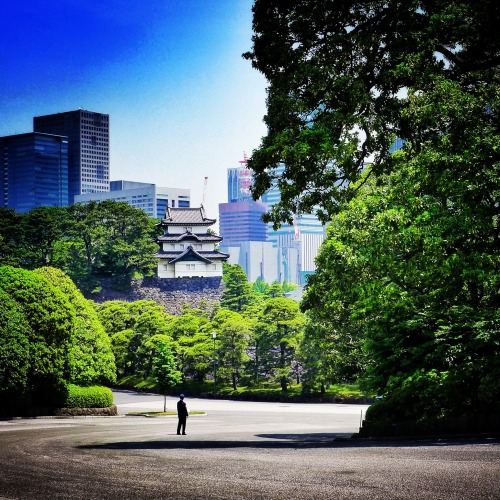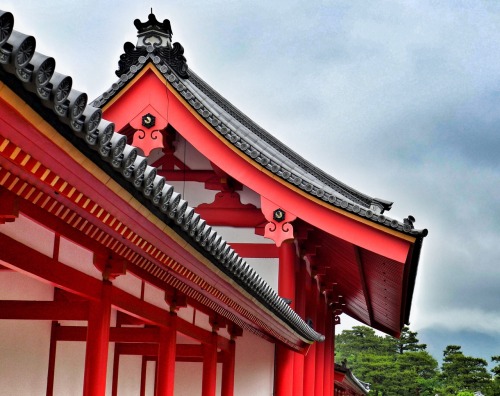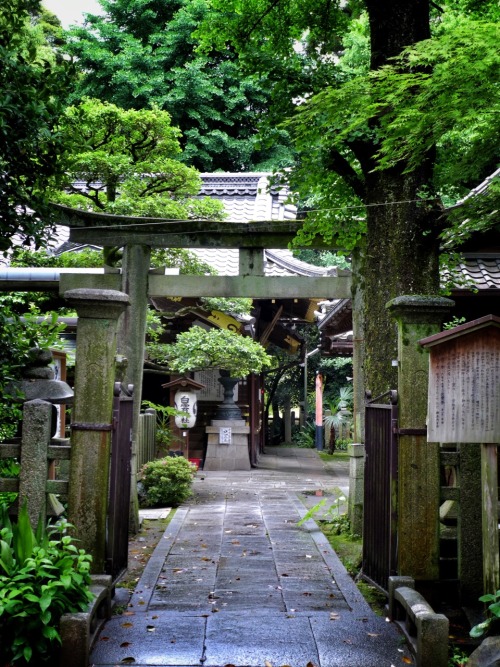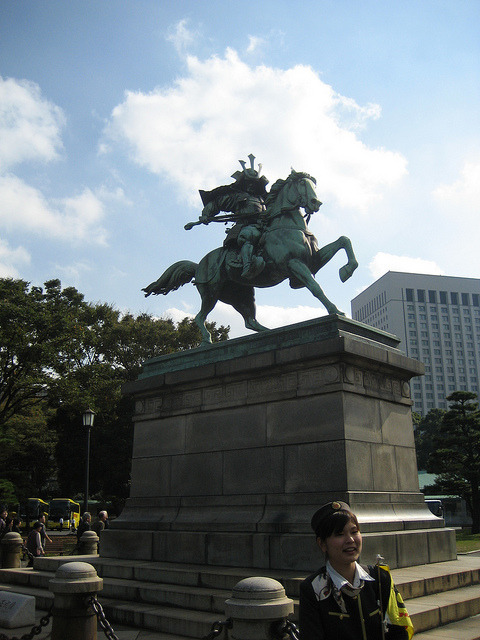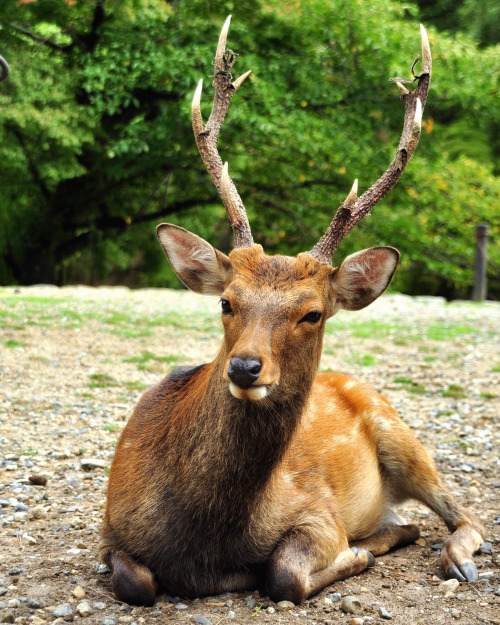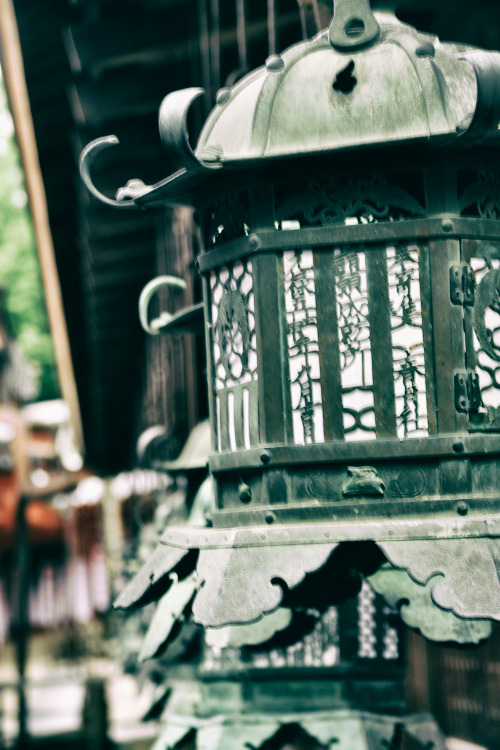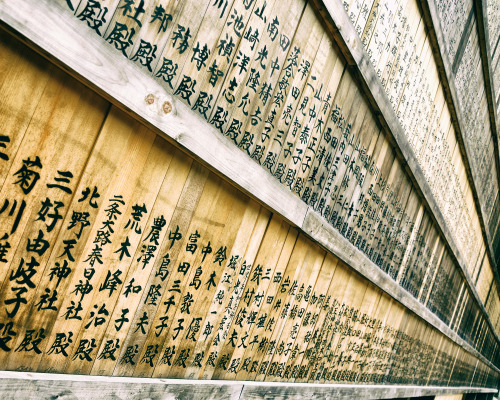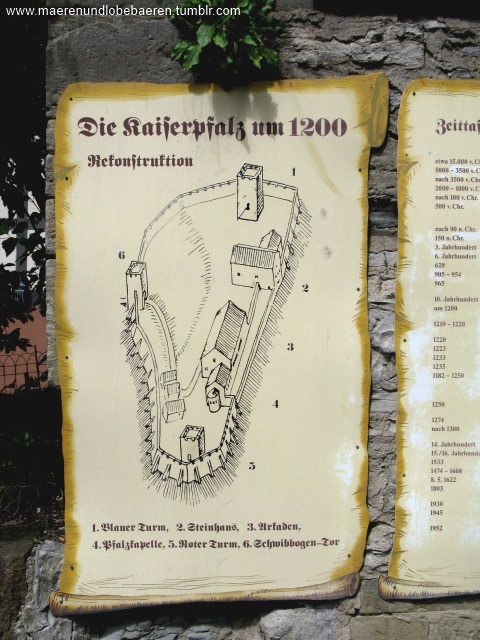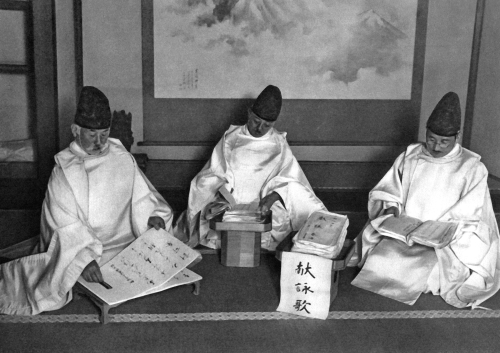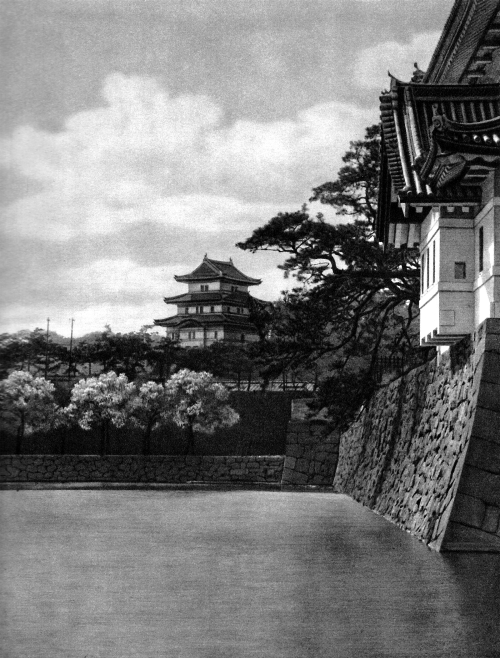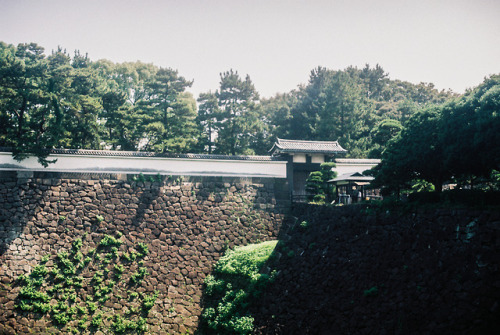#imperial palace


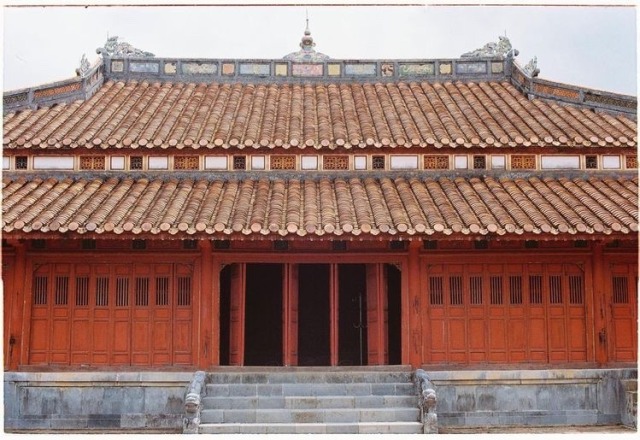







Huế. Credit to thehuethuong (Instagram).






I went to the Imperial Palace today to see Emperor Naruhito’s first official public greeting. Me, my husband, and friends waited in line for 3 to get into the greeting area. It was so packed with people and so hot and sweaty with almost no shade the entire time. I got a mean sunburn, but it was worth it to see this historic event, feel the excitement, and hear the Emperor’s kind words. He also thanked everyone for coming to see him particularly in the strong heat. I hope his reign will be one of peace and prosperity for Japan


Barbarossa’s awakening by Hermann Wislicenus
“Legend says he is not dead, but asleep with his knights in a cave in the Kyffhäuser mountain in Thuringia, and that when the ravens cease to fly around the mountain he will awake and restore Germany to its ancient greatness. According to the story, his red beard has grown through the table at which he sits. His eyes are half closed in sleep, but now and then he raises his hand and sends a boy out to see if the ravens have stopped flying.”
Journey to Japan: Exploring Kyoto (Part2)
Visited Kyoto’s Imperial Palace where Tamed Deers are nearby.
And you can feed this animals! XD Just beware though, they know if you have food.. and will just keep following you until you give him or her treats. Just be careful, because they eat papers too. So make sure your money is hidden in a safe place. ;) *wink*
Post link
The “Steinhaus” in Bad Wimpfen/Germany (~1217)
The Stonehouse was the biggest house of the Imperial Palace. It’s main entrance to the living quarters could only be reached by an outer wooden stairway. The original Door may have been in the second floor, where the seven-piece-window sits. It was integrated around 1400 and is five meters wide.
It’s first floor was used during the middle ages for storage and domestic purposes. It’s wide doorway lies now several meters above street level, but must have been back in the day level with the street (as you can see it’s foundation now layed bare).
It’s backside was directly built over the defensive outer wall. A small doorway - now blocked - lead from the northeastern corner of the building directly onto the parapet.
Even today the house appears very big and massive. It is housing a museum which features a small exhibition of medieval and roman findings from Bad Wimpfen.
Post link
View from the blue tower in Bad Wimpfen/Germany
What you see here is pretty much all that’s left of the Kaiserpfalz (Imperial Palace) in Bad Wimpfen/Germany, which dates back to 1182. To the left you can see the river named Neckar. The so called “Steinernes Haus” (House built of stone) is directly in front of the view. Right behind of that house stood once the Imperial Palace. But only parts of it’s outer wall and rows of very intricate columns remained of it though.
The gable peeking out behind the House of Stone is part of the Pfalzkapelle, the emperors own little chapel. It is build from stone, too, and was enlarged in later centuries.
In the rear you can see the Red Tower. In my opinion this is the building with the most “staufisch” look. It features the squared stones, typical for castles by the Hohenstaufen Dynasty. The tower and the adjecent battlements are open to the public and can be climbed.
For better orientation have a look at this reconstructional plan of the imperial palace.
Post link
The blue tower of Bad Wimpfen/Germany
Indeed, this is the western tower of the 12th century Imperial Palace of the Hohenstaufen Dynasty in Bad Wimpfen. It has been enlarged several times during the last 800 years and it was rebuild time and again, since it had been struck by lightning several times, resulting in castatrophic fires (the last of which was in the 1980s).
The tower is now 58 meters high. To high for it’s walls, which show deep cracks and threaten to collapse. They were just recently supported with wooden beams and a metal frame.
I guess part of the problem is the enlarging of the tower. During the 13th century, the tower may have been serveral storeys lower. With the downfall of the Hohenstaufen Dynasty the tower was used by the citys denizens as a watchtower. It was remodelled and got it’s blueblack slate roof from which it’s name derived. The second tower of the castle - called the red tower - may have had in contrast a red brick tile roof.
The view from the top of the blue tower is gorgeous. Yes, I climbed all of the 167 steps to the parapet in 32 meters height.
Post link
Plan of the Imperial Palace in Bad Wimpfen/Germany
I am beginning this series of photos with this shot of a reconstructional plan of the Imperial Palace in Bad Wimpfen/Germany. Nowadays the site is a prosperous little city, towering high over the river Neckar.
In 1182 Holy Roman Emperor Friedrich I. Barbarossa founded this largest imperial palace north of the Alps on the hilltop, where once an even older, celtic castle stood.
In 1200 the castle was fully developed: Two towers were guarding it, and there is archaelogical evidence of a third tower between the gatehouse and the blue tower. A representative palace, not unlike the one in Gelnhausen, was located on the hillside, overlooking the Neckar.
Accessible directly from the palace was a chapel with an inner balcony, reserved for the emperor alone. A third stone build house is located between the blue tower and the palace.
All of these structures - with exception of the palace itself - have survived. But they are embedded into the cityscape, so a visitor has to look twice sometimes, to spot the traces left by the Hohenstaufen Dynasty.
Post link
It’s been a long time… But it’s good to see you are still following my little blog - and there are some new followers as well! A warm welcome to you all. Have fun on Maeren & Lobebaeren.
In the next few days, I’ll post some pictures from Bad Wimpfen/Germany. It’s the third Kaiserpfalz (Imperial Palace) of the Hohenstaufen Dynasty I got to visit (after GelnhausenandTrifels Castle). Back in the day, Bad Wimpfen was the biggest of the imperial palaces in the german territories.
So stay tuned,
Maeren & Lobebaeren
Imperial Palace, Tokyo - It was an old custom in Japan that every year in the middle of December, the Empress set the themes for the New Year Poems which had to be made out of 31 syllables and had to be based on pre-defined topics, e.g., “Spring rain at the coast”, or “Which family has blooming plums in their house". Any Japanese citizen was invited to create such poem, and in case of prizewinning, it had been announced both in the Imperial Palace as well as in the news papers. The pictures here have been made in the 1930s. The first one shows how the awarded poems are conveyed to the Imperial Palace, while the second one shows the judges for the poetry competition in traditional dress.
Post link
Tokyo, Japan - Another picture of the Imperial Palace (皇居) in Tokyo which is the primary residence of the Emperor of Japan. This picture shows the courtyard of the palace, and is around 100 years old.
Post link
Tokyo, Japan - Imperial Palace (皇居) in Tokyo which is also the primary residence of the Emperor of Japan. It consists of park areas which include palace buildings like the private residence of the imperial family. This picture is around 100 years old.
Post link

Otemachi financial district from Palace





Enjoyed a warm (and sweaty) weekend stroll from Tokyo Station to the Imperial Palace front gardens and the Niju-bashi Bridge.

